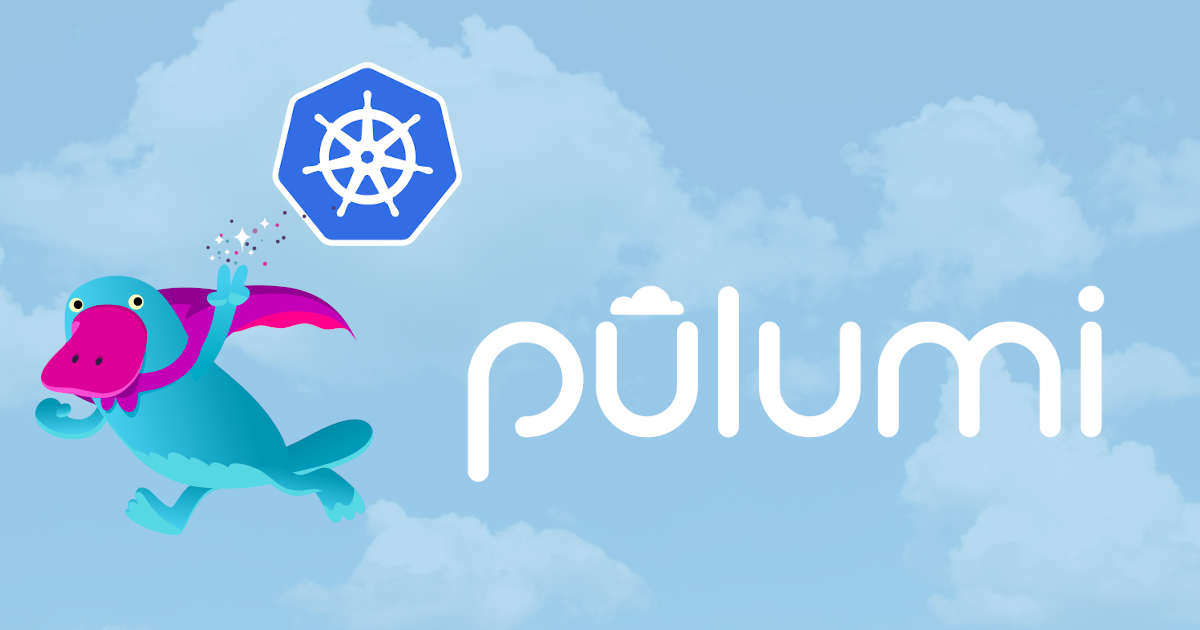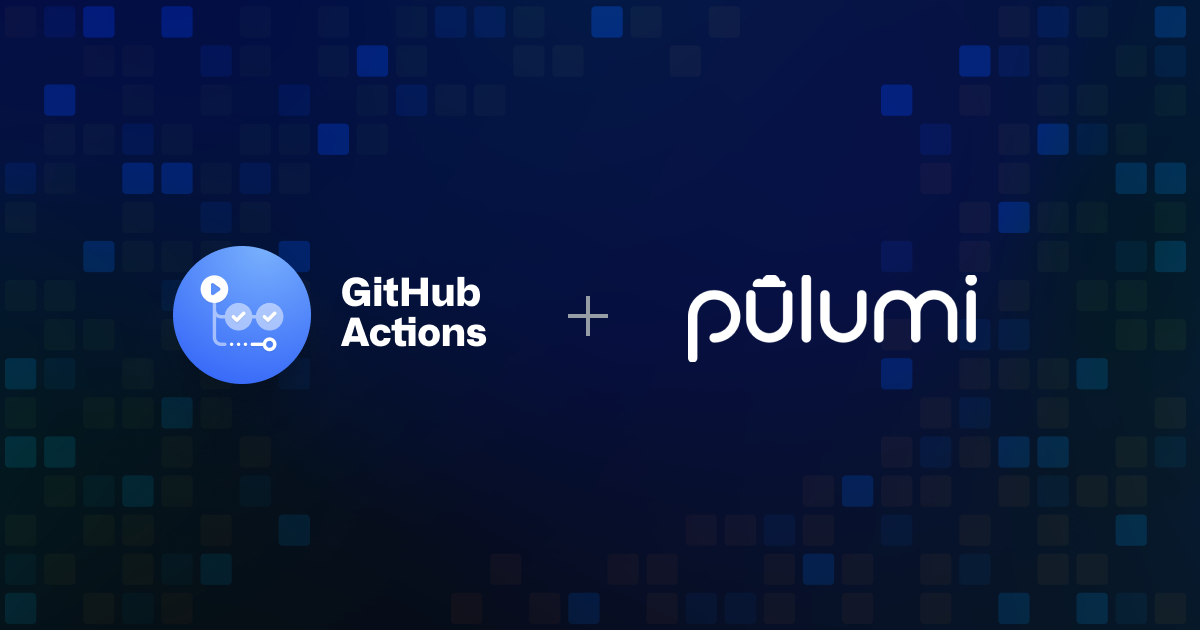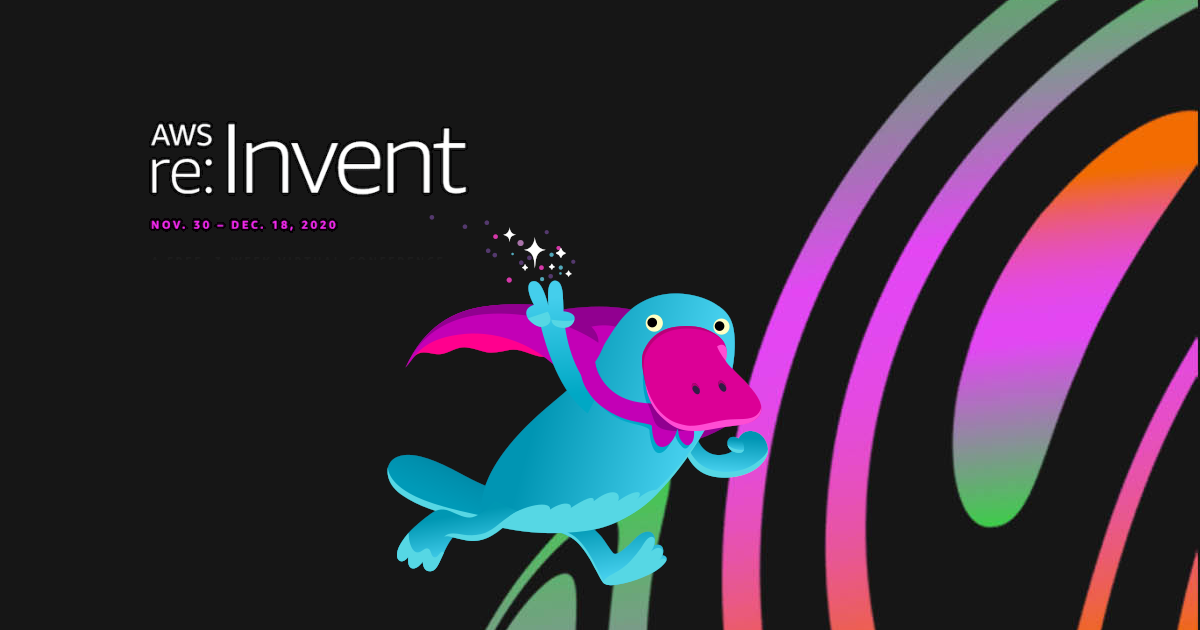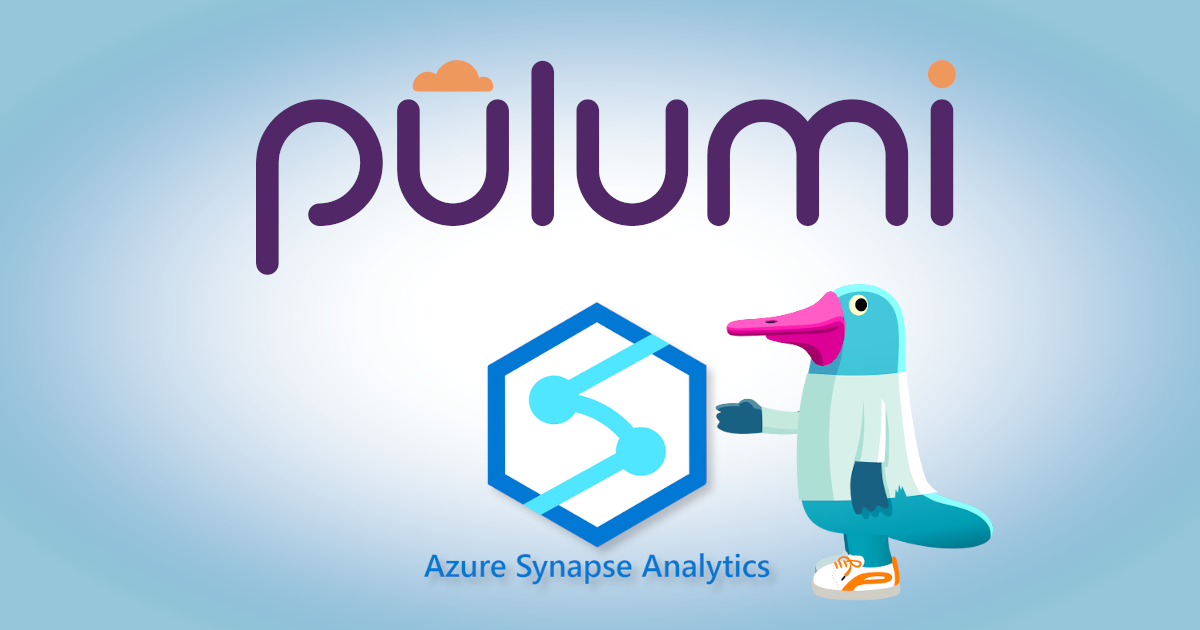
When you’re considering whether or not to implement Kubernetes, perhaps the first question to ask yourself is do you need it at all?
The point of any technology isn’t the technology itself. When done right, Kubernetes can reduce the barrier of entry for application developers so they can get features from their machines to your customers as quickly and easily as possible. But do you already have a solution that works well? If you do, why do you want to change it? Making such a radical change in your technology is potentially quite dangerous so what’s your motivation?
It very well might be that sticking with and improving the solution you already have offers a better cost/benefit tradeoff. It’s easy to fall into the trap of believing that simply adopting a new technology like Kubernetes will instantly solve your hard organizational or technical problems, however, we know that is seldom true.
In this blog post we’ll share some tips and tricks for evaluating your own situation to see if Kubernetes is a good fit. We’ve learned these from helping hundreds of customers adopt Kubernetes — in addition to not, when there was a better solution available. We’ll see that the question isn’t that simple to answer and there are a lot of variables to consider. In the next blog post, we’ll talk about a situation where Kubernetes can be a good fit and how to start your first Kubernetes project.
Note that these blog posts assume you already have some familiarity with Kubernetes. If you are just starting to learn, our Getting Started with Kubernetes blog series is a good place to start.
Read more →


















